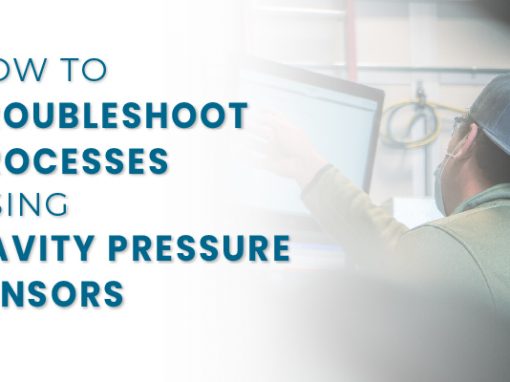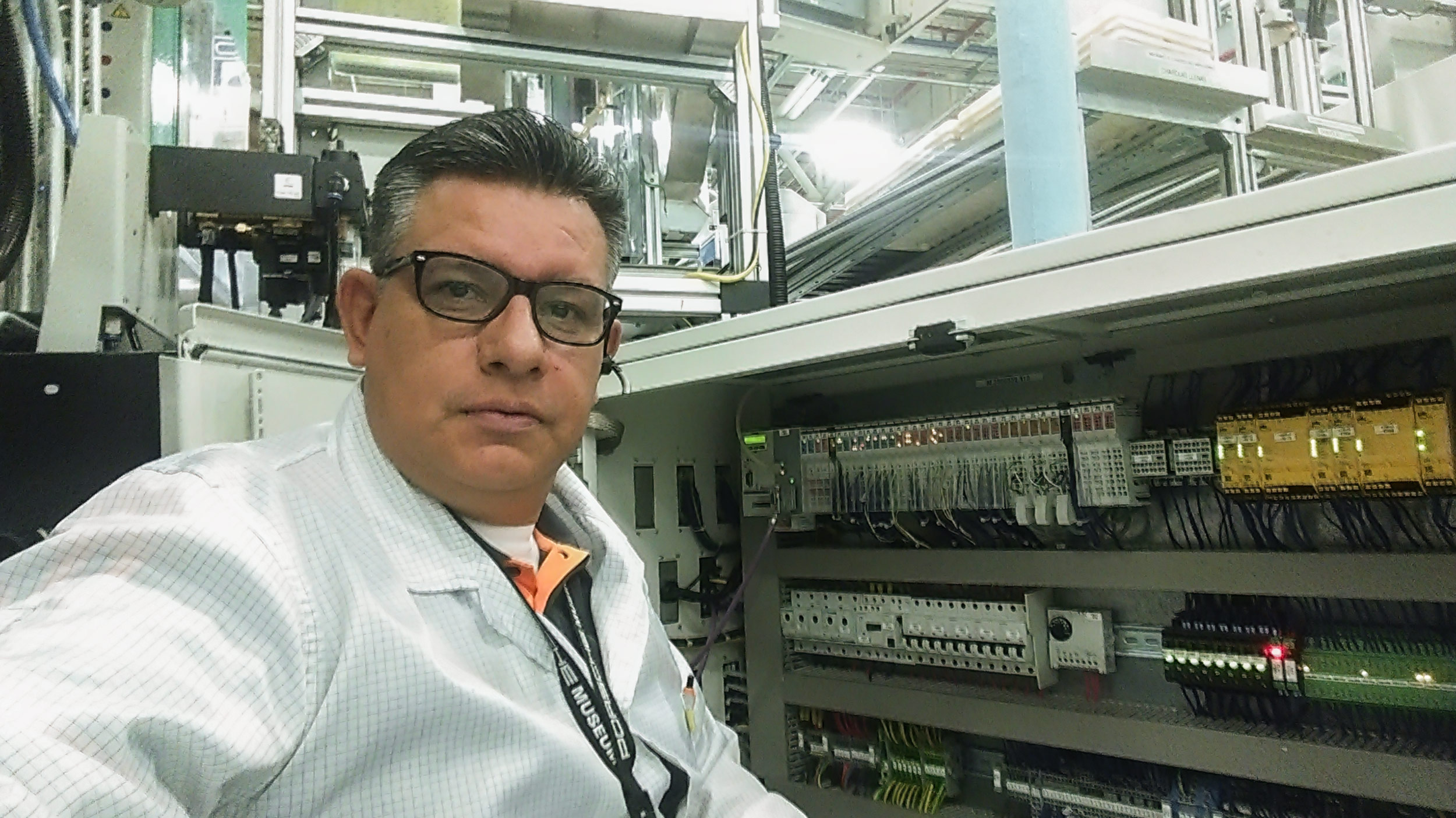Shipping fewer bad parts from a plastic injection molding facility is crucial for maintaining product quality and customer satisfaction. Here are some strategies to help reduce the shipment of defective parts.
1. Robust Quality Control Processes
Implement stringent quality control measures throughout the injection molding process. This includes regular inspection of incoming raw materials, in-process inspections, and final product inspections. Use visual inspection, measurement tools, and testing equipment to identify and reject any parts that do not meet quality standards.
2. Employee Training and Engagement
Provide comprehensive training to your employees on quality control procedures, defect identification, and problem-solving techniques. Engage them in the process of quality improvement by encouraging their active participation in identifying and addressing potential defects.
3. Real-time Process Monitoring
Implement real-time monitoring systems to track key process parameters such as temperature, pressure, and cycle times. Cavity pressure sensors and monitoring devices can alert operators or supervisors when any deviations from the desired parameters occur. This enables timely intervention and adjustments to prevent the production of defective parts.
4. Process Validation and Optimization
Conduct thorough process validation during initial setup and whenever changes are made to the injection molding process. Optimize process parameters to ensure consistent and reliable production of high-quality parts. This includes optimizing temperature, pressure, cooling time, and mold release mechanisms to minimize defects.
5. Root Cause Analysis
Implement a systematic approach to root cause analysis with networking systems that can help you identify the underlying reasons for defects in real-time. When defects occur, investigate the root causes by analyzing process data, conducting inspections, and engaging cross-functional teams. Once the causes are identified, implement corrective actions to prevent recurrence.
6. Continuous Feedback Loop
Establish a feedback loop with customers to gather information on any quality issues they may have encountered. Regularly communicate with customers to understand their expectations and address any concerns promptly. Use customer feedback as input for process improvements and quality control enhancements.
7. Documentation and Traceability
Maintain comprehensive documentation and traceability records for each production run. This includes recording process parameters, material batch numbers, and inspection results. Accurate and well-documented records facilitate traceability, enable identification of potential issues, and support efficient resolution of quality-related concerns.
By implementing these strategies, you can minimize the shipment of bad parts from your plastic injection molding facility, improve product quality, and enhance customer satisfaction.





